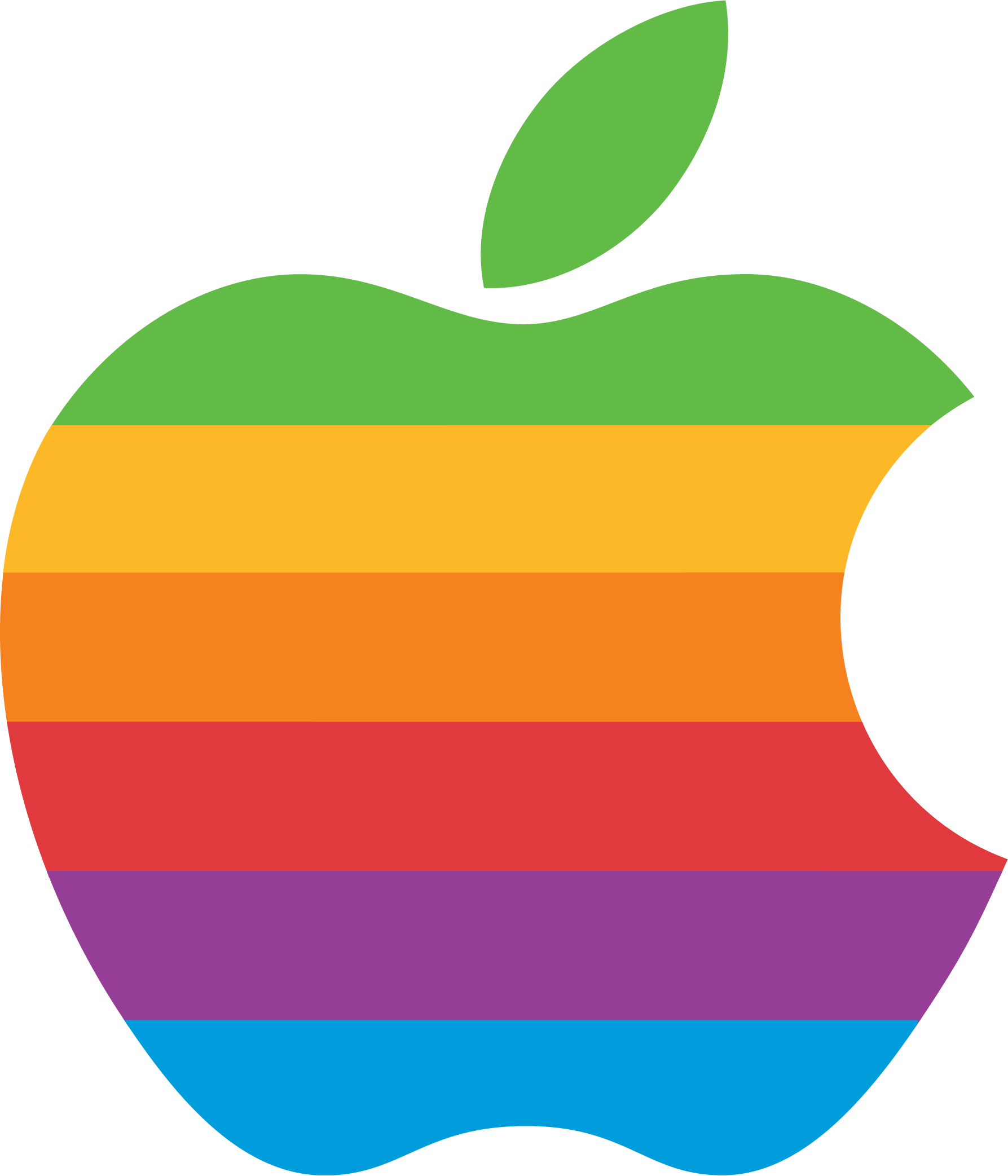🏆 CORE77 Design Awardee 2021
Recognized internationally by the Core77 Design Awards as a Student Winner in Consumer Technology.
Case Study | Carnegie Mellon University
LifeKit - A mobile app concept that helps individuals celebrate life’s moments and prepare for the future.
TEAM
Anna Boyle, Michelle Chou, Eustina Daniluk, Nandini Nair
MY ROLE
Ideation, Design Research, Visual Design, Concept Development, UI/UX Prototyping
TOOLS
Adobe Illustrator, Figma, After Effects, Pen and Paper
TIMELINE
15 Weeks

OVERVIEW
Our challenge was to develop a design concept that focused on improving life.
We were tasked with developing a design concept in partnership with The Index Project, a non-profit organization that promotes designs that improve lives worldwide.
WHY DESIGN FOR END OF LIFE?
Despite the diversity of life — one universal fact of existence is that it ends.
Our team found that only 1 in 3 adults in the U.S. have made plans for their end-of-life proceedings or have spoken to a loved one about their wishes. Our challenge was to re-imagine the concept of planning for the end of life to improve the quality of one’s life over time.
OUTCOME
LifeKit - breaks down daunting life planning tasks into bite-sized steps and allows users to update, authorize, and legalize their wishes at their own pace.
Integrated within the OS ecosystem and government, legal, health, and financial sectors. LifeKit makes planning a part of living, enabling better peace of mind for individuals and their loved ones.
FEATURE SET
1.0
Celebrate life’s moments. Prepare for the future.
Celebrating the past and present to envision the future.
2.0
Make future plans, step by step.
Breaking down daunting tasks throughout the process.
3.0
Update, authorize, and legalize wishes, at your own pace.
Empowering autonomy and enabling connections to the online notarization processes.
4.0
Make life-saving information accessible to first responders.
Enabling medical professionals to access critical information in emergencies.
1.0.
Preliminary Research Process
We researched how people regard mortality today and found that many neglect to prepare for uncertainty and postpone planning indefinitely. Our mission for the project was to motivate and mobilize people to prepare for the unexpected.
OBSERVATIONS & INTERVIEWS
We conducted expert interviews, stakeholder interviews, conversational workshops, and a graffiti wall activity.
Stakeholder Interviews
We interviewed 15 individuals, ages 26 to 87. Through this process, we developed an understanding of current trends in aging populations and observed what a best-possible aging future could look like.
Conversational Workshops
We held 3 workshops with Hello, a conversational game that asks users what matters most to them in their lives. This workshop allowed us to compare multi-generational perspectives and social settings.
Graffiti Wall Responses
We posted 4 graffiti wall activities that received +100 participants. This activity helped us identify how individuals perceive their lifespan and gauge the gap in expectations of retirement and end-of-life.

EXPLORATORY RESEARCH INSIGHTS
In synthesizing our initial findings we came away with these three key insights that helped us define our problem statement.
Often Triggered by Life Events
Life planning is oftentimes only brought into focus when an individual survives or sees a loved one survive a life-threatening event, or when feeling "old enough" to do so.
Not Formalized or Communicated
People have ideas about what they want, but most do not formalize them or communicate their intentions to those who matter.
Lack of Awareness
Many are not aware of how to prepare for the long term, or ready to navigate the complexity of legal, medical, and government systems.
2.0.
Generative Research Process
How might we motivate and mobilize individuals to prepare for the unexpected? We dug deeper into why people don’t plan and what actions they need to take to make planning easier.
GENERATIVE RESEARCH METHODS
We translated our ‘How Might We’ statement into 3 questions — What does it take to be prepared? Why don't people plan? What do people need?
Secondary Research
To help individuals get prepared, we needed to understand what it means to be prepared first. We reviewed many legal, medical, and planning resources.
Experience Audit
We tried out a few different resources from our secondary research.
This helped us grasp what it takes to be prepared and the dependencies involved. Since everyone's life is unique, it entails different planning needs.
Generative Workshop
We designed a participatory workshop for in-depth discoveries about what matters most to individuals, what a preferred end-of-life future looks like, what motivates planning and the barriers, and what could help shift mindsets and behaviors.

GENERATIVE RESEARCH INSIGHTS | KEY PAIN POINTS
Barriers to planning
Lack of awareness, knowledge, motivation, and commitment to act. Lack of access to resources to help navigate complex systems.
The complexity of planning
People have ideas about what they want, but most do not formalize them or communicate their intentions to those who matter.
The drawbacks of current planning methods
Information can be scattered all over the place, and physical documents can be outdated or misplaced.
3.0.
Ideation + Evaluation Process
Through the ideation process, we narrowed down our design concept to an app in the mobile OS ecosystem that makes planning a part of living.
Storyboarding for Speed Dating
We came up with diverse concepts and consolidated them into 4 directions. We then created storyboards to showcase how users could interact with the design. We got to speed-date these concepts with 10 people online.
Competitive Analysis
We analyzed 6 products/services in a similar space of legal + life planning. This reassured our niche product positioning. We also drew insights into the UX, UI, and tone of voice. We learned from what others did well and what warranted improvement.
We also spoke with one of the CEOs (Mr. Kamps of LifeFolder) and learned about the practical challenges for a start-up team to bring a product like this to life.
Wireframing + Prototyping
for User Testing
As we refined our concepts, we asked ourselves: Should our design exist on an existing platform or within an existing system? How could our design make the most impact?
After testing our concepts with 8 people online with wireframes and prototypes, our concept of a design solution existing within a mobile operating system won over social media, productivity tools, and others.
IDEATION + EVALUATION INSIGHTS
1
People prefer participating in life planning individually v.s. in a group.
2
People prefer platforms or systems that they have engaged with in the past.
3
Prompting at the time of life transition events can often reach individuals who don’t typically plan for the future.
4
People seek external facilitation that nudges them and keeps them engaged with planning over time.
5
The tone of voice should be non-threatening and balance both friendliness and professionalism.
6
The writing level should be at a grade school level for accessibility.
4.0.
Design Development Process
After conducting our research, we consolidated everything that we learned and developed these four human-centered design principles to guide how we approached the design and prototype. We also explored the visual identity and product placement of the application.
DEVELOPING THE VISUAL IDENTITY
iOS Ecosystem
Apple Brand Inspiration
Relatable Story Telling
1
Personal Curation
What do you value?
“Memories, - my archive what makes me - me!”
— Workshop Participant
DESIGN PRINCIPLES
2
Accessible
and Approachable
“Our phone is definitely an extension of ourselves.”
— Interviewee
3
Guidance
and Autonomy
“Walk me through the process of daunting decisions, and allow me to do it in manageable chunks.”
— User Tester
3
Selective Sharing
“Within my family, I would prefer that my mom handles my proceedings for me.”
— Interviewee
PRODUCT VALUE + SCALABILITY
VALUE FOR THE USER
1.
Managing a Crisis
Shifting mindsets to be less avoidant and able to navigate difficult parts of life
2.
Forming Planning Habits
Planning ahead becomes less of a chore or barrier and something that is continually considered.
3.
Gaining Peace of Mind
Becoming more aware and prepared for whatever life throws at you. You know where to go.
DIGITAL INFRASTRUCTURE OPPORTUNITIES
VALUE FOR STAKEHOLDERS
REFLECTION
Tackling a Large Project Scope
We learned where to start when approaching a broad problem area - “design to improve life”.
We participated in preliminary territory mapping, extensive literature reviews, and interviews. Through these research methods, we were able to gain a general understanding of the problem area as a starting point.
Learning how to make informed decisions, we worked together to identify key insights from our research. This helped us understand when to move ideas forward in our process and when to leave other ideas behind.
Design Process Implementation
We followed an extensive design process and facilitated a variety of different research methods throughout the discovery, exploratory, generative, and evaluative phases of our project.
We learned how to develop trust with the participants of our research and learned how to engage them with the sensitive topic of end of life and death.
We learned best practices for planning and facilitating research activities successfully in person and remotely.
Collaboration
With the project spanning 15 weeks we learned how to delegate and establish clear roles, strengths, and learning objectives for our team.
We learned how to navigate team dynamics and time zones while still making incremental progress.











